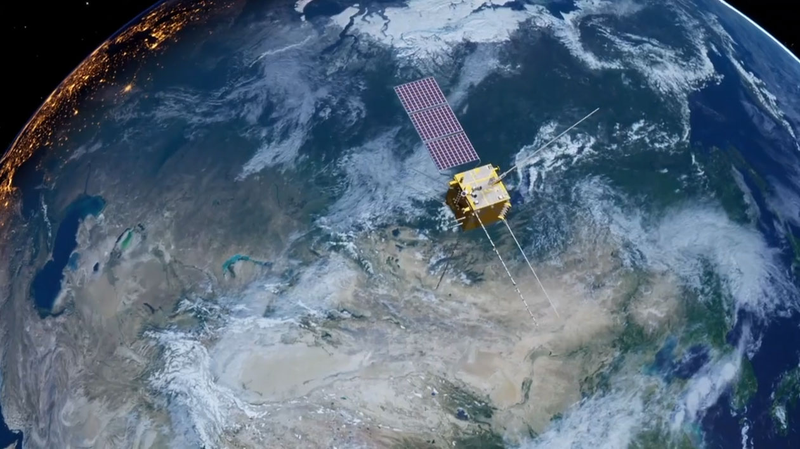On Saturday, China launched the Zhangheng 1-02 satellite from the Jiuquan Satellite Launch Center, marking another bold step in sky-high disaster monitoring. Named after the ancient inventor Zhang Heng—the mind behind the first seismoscope—this electromagnetic monitoring satellite is a stellar example of international collaboration between China and Italy.
Equipped with nine advanced payloads including an electric field detector and a high-energy particle detector, the satellite is set to monitor Earth’s electromagnetic fields, ionosphere, and neutral atmosphere in quasi-real-time. These insights will help scientists study the links between changes in Earth’s physical fields and geological activities, potentially boosting predictions for earthquakes, tsunamis, volcanic eruptions, extreme weather, and even space weather events.
Working in tandem with its older sibling, Zhangheng 1-01 (launched in 2018), this mission not only doubles observation time but also enhances our ability to understand and respond to natural disasters. Peng Wei from China’s National Space Administration and Francesco Longo of the Italian Space Agency both stress the importance of this milestone in protecting lives and shaping a safer future.
The Italian team even named the project Limadou, in honor of Matteo Ricci—a symbol of cultural exchange that reminds us how space can unite different worlds. 🚀🌍
Reference(s):
China launches Zhangheng 1-02 satellite to monitor natural disaster
cgtn.com



